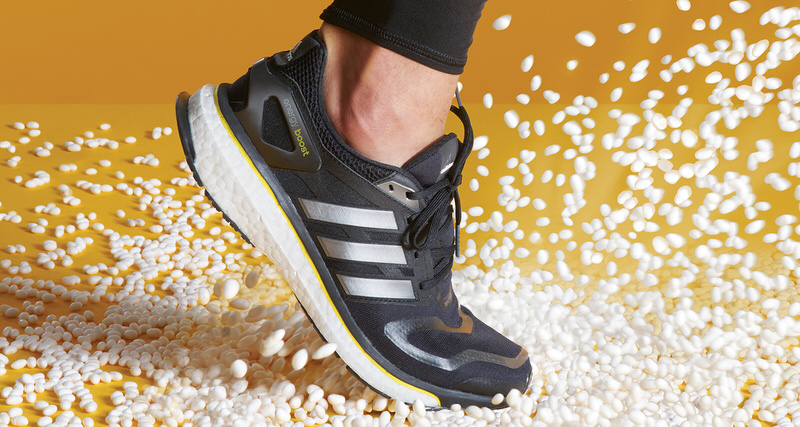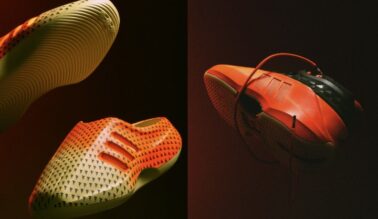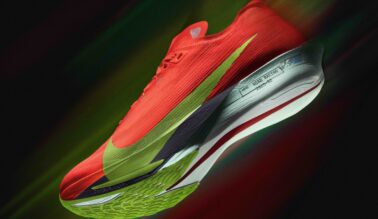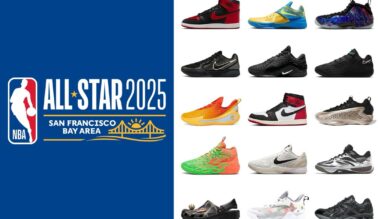This post may contain affiliate links. Please read our disclosure policy.
words by Robbie Falchi
Since the beginning of modern running footwear — let’s say 1980 — every major brand has strived to create the perfect foot cushions… aka shoes. Adidas has been in the trenches of this footwear battle from the jump with various evolutions and adaptations of their own cushioning technology offerings.
From the 1990s through 2013 Adidas had relied heavily on general EVA foam to soften the ride of runners with various other technologies occasionally making an appearance, but at the end-of-the-day, they needed something new to compete with Nike’s Lunarlon that launched in 2008.
Since 2013 though, it seems as though Adidas found their preverbal ‘golden goose’ with the release of BOOST tech.
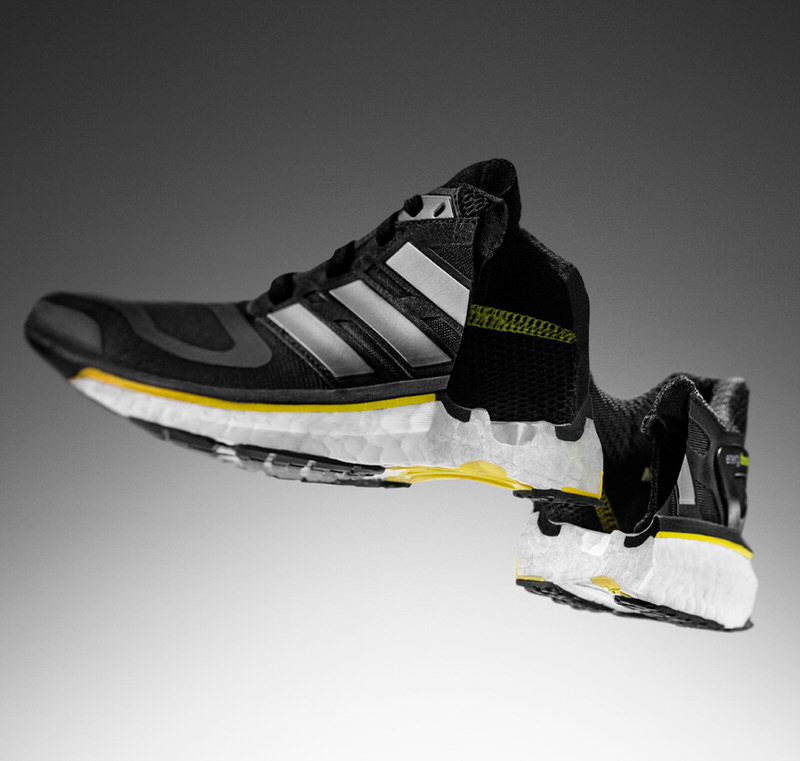
Let’s take a look back at how BOOST changed Adidas’s running game forever.
First, we need to ditch the notion that BOOST is a foam. It looks like a foam, yes; but like most shoe components it’s plastic shaped via mold casting to appear foam-like. BOOST is actually comprised of many small energy beads pressed tightly into the shape of a midsole.

These beads have micro-sized air capsules within them that expand and contract to create responsive cushioning. The technical, far less sexy, term for BOOST is Expanded Thermal Plastic Polyurethane, but it also goes by Infinergy around the industry. A chemical company called BASF developed Infinergy while experimenting with energy return. One of the key principles of BOOST as a whole is centered around energy return and efficiency.
https://www.youtube.com/watch?v=BDpDBlXECRM
What you’re seeing above is BOOST’s defining trait, its rebound factor. When your foot strikes the ground while wearing BOOST you can feel the rebound factor instantly. Since Infingery can resist three times more heat than traditional EVA foam, it can return more kinetic energy with greater efficiency.
From an underfoot perspective, BOOST has no equal on the running market (for better or for worst, depends on who you’re asking) and it all started with 2013’s Adidas Energy Boost.
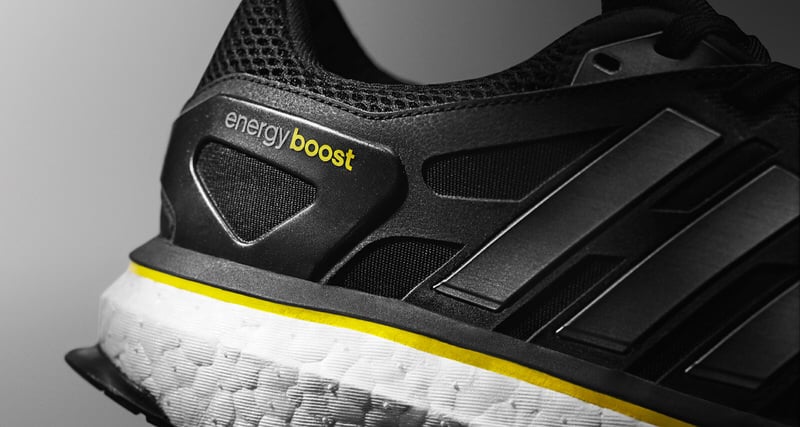
The Energy BOOST’s understated TechFit upper highlighted the shoe’s full-length BOOST midsole (literally with an eye-catching yellow line directly below the upper). A SprintFrame unit located under the midfoot helped stabilize and support while a thin layer of outsole AdiWear rubber allowed runners to ‘feel’ the BOOST working more dramatically.
The back region of the outsole was raised to promote forward motion too. Performance wise the Energy BOOST was a smash hit, but they weren’t ideal for casual wear. Adidas tried to make the Energy BOOST more lifestyle friendly with the second version released the following year.
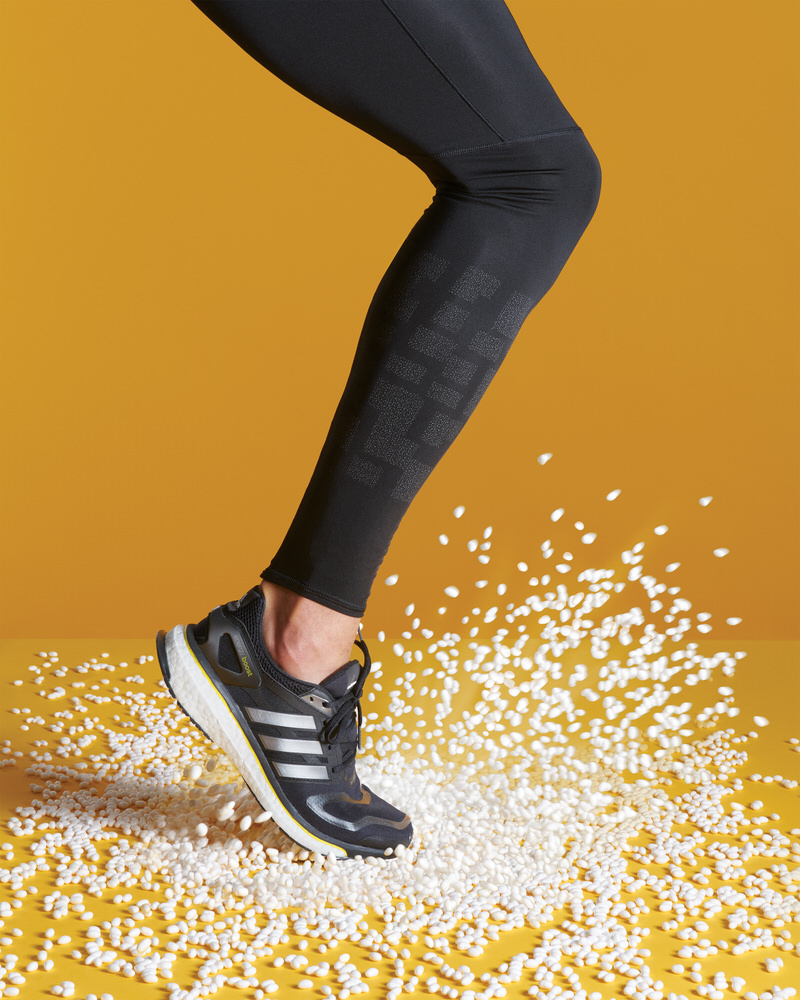
Version 2.0 of the Energy BOOST utilized an almost identical undercarriage setup (from the midsole down) but tweaked the TechFit upper to make it look less technical looking while retaining its sock-like fit properties. The design change worked and with a fleet of colorways, the E.B. 2.0 continued Adidas Running’s momentum after years of pedestrian runners.
In May 2015 after the 2.0’s release, Adidas capitalized on BOOST’s forward momentum with the help of some Kanye West publicity. Did BOOST exist way before Kanye hyped them? Yes. Was BOOST the same after Kanye wore them? Noooooo.
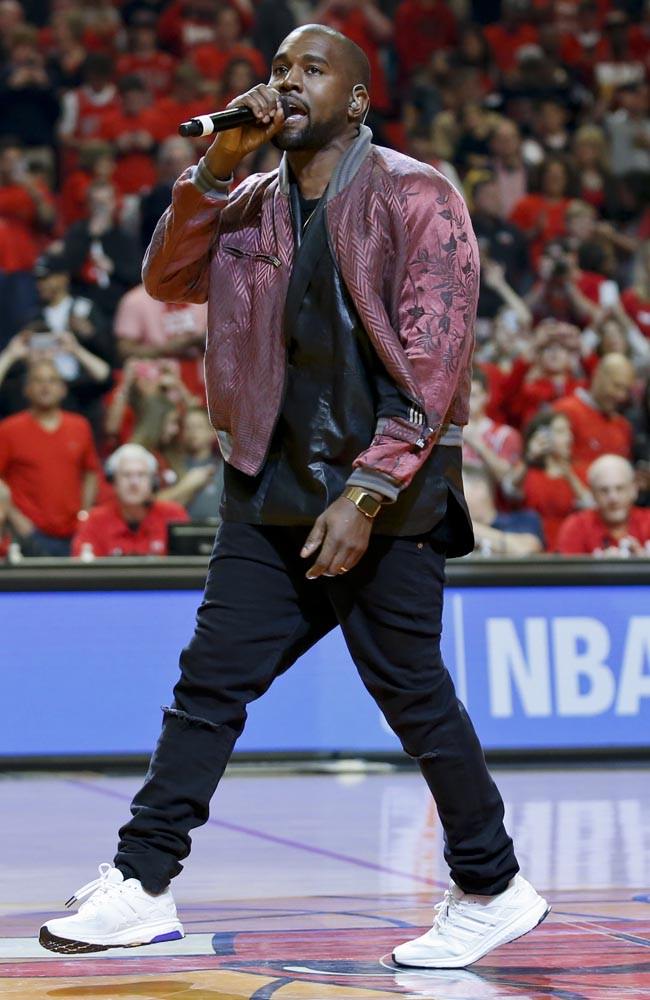
Out of nowhere, Adidas released the Energy BOOST ESM (Engineered Stretch Mesh) after Kanye performed at a Bulls Playoff game and the kicks sold out instantly. As you can see, the ESMs finally broke into the lifestyle game with a super clean minimalist all-white look that held traces of the BOOST smash hit yet to come, the Ultra BOOST.
2015’s Adidas Ultra BOOST flipped the running shoe game upside down. The TechFit variants used on past models was completely scrapped and replaced with PrimeKnit (Adidas’s response to Nike’s Flyknit). The pairing of PrimeKnit and BOOST married comfort and wearability in a way that made the U.B. perfect for any situation necessitating shoes.
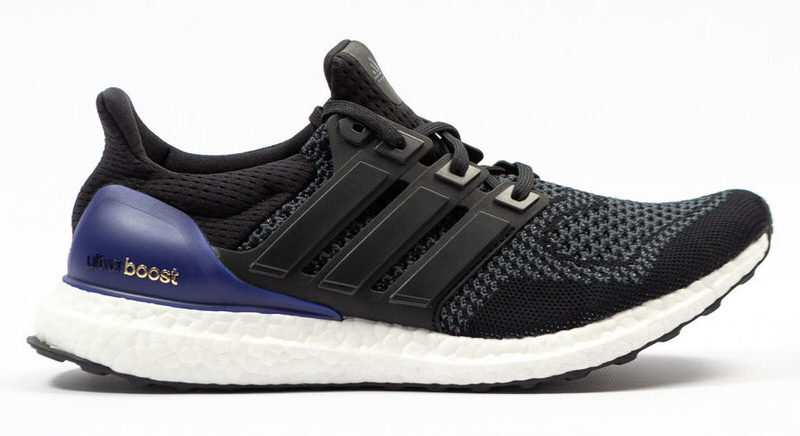
For even the most brand-loyal consumers, the adidas Ultra BOOSTs proved too good to deny. The intricate heel counters used on the Energy line was replaced with an elegant heel cup that prominently, yet discreetly, displayed the iconic BOOST branding.
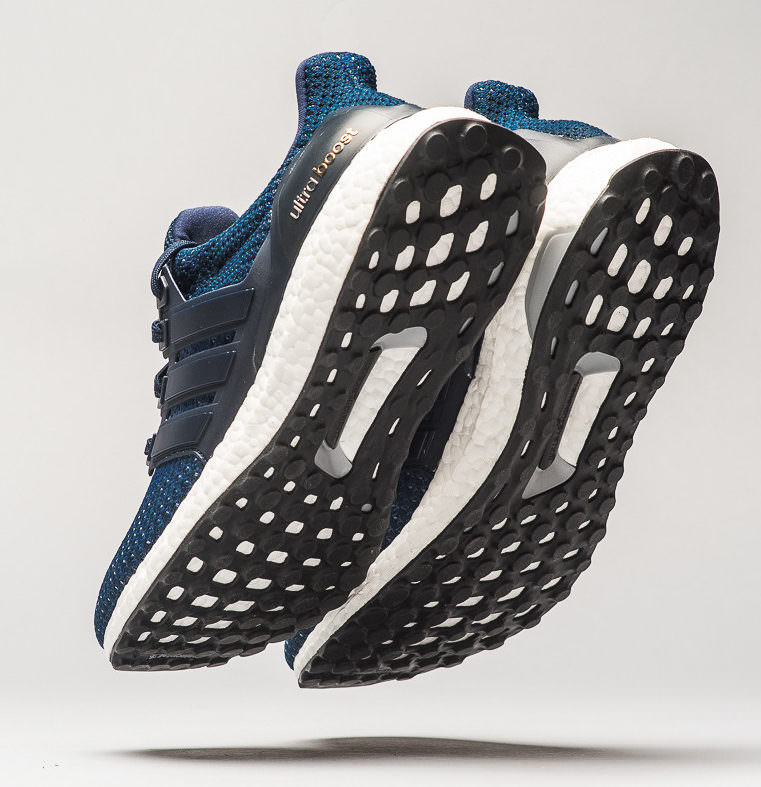
Another fantastic upgrade happened below the BOOST midsole with the use of a Continental rubber outsole which made the shoe’s much more durable.
Since the Ultra BOOSTs release, Adidas has experimented with trail and Uncaged versions that have only made the U.B. more versatile. Each year Adidas switches up the upper patterns of the Ultra BOOST but ultimately it’s remained the same for the last three years (no complaints here). When BOOST is this good there’s no need to change what’s working.
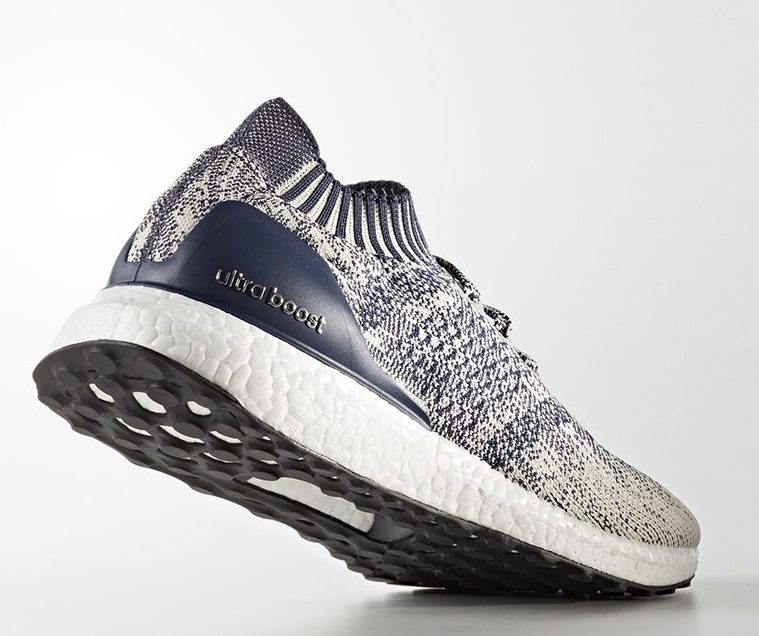
The Uncaged Ultra BOOST pictured above features a super sock-like bootie construction that hugs the feet like a grizzly bear.
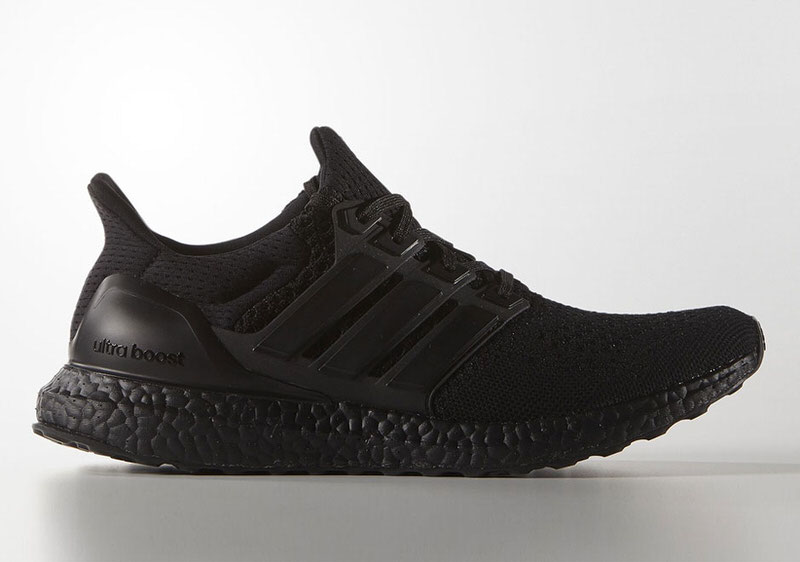
For many years BOOST was exclusively white but Holiday Season 2016 saw the debut of Triple Black U.B.s and their introduction kept the hype train rolling for Adidas’s flagship technology.
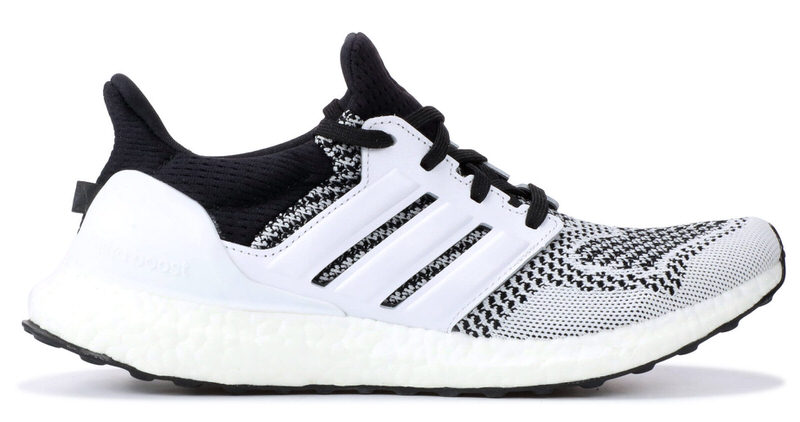
The Ultra BOOST line since its creation has thrived with constant evolutions via annual updates and collaborations (V.2, V.3, etc). Secondary market sales of hyped UB collabs with brands like Undefeated, SNS, Hypebeast, and Kith fetch top dollar too.
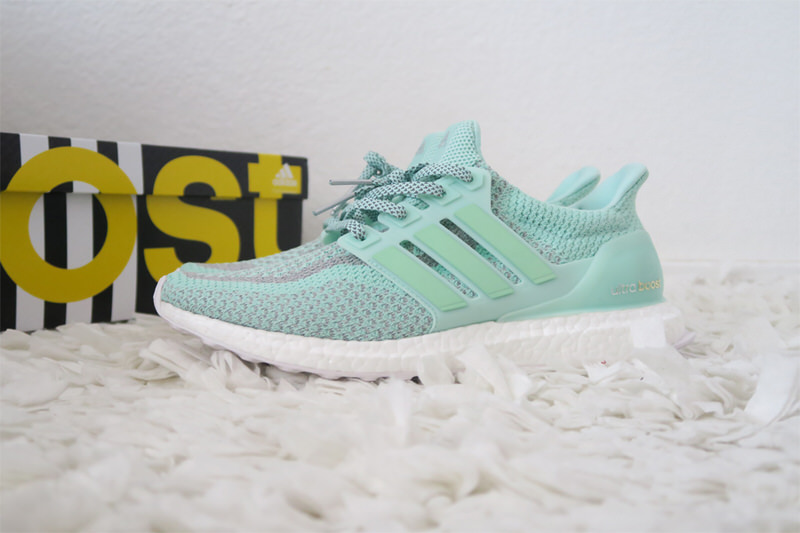
Do you own a pair of any OG BOOST runners by Adidas? What are your thoughts on the tech? Let us know on social and happy Boost Week!
